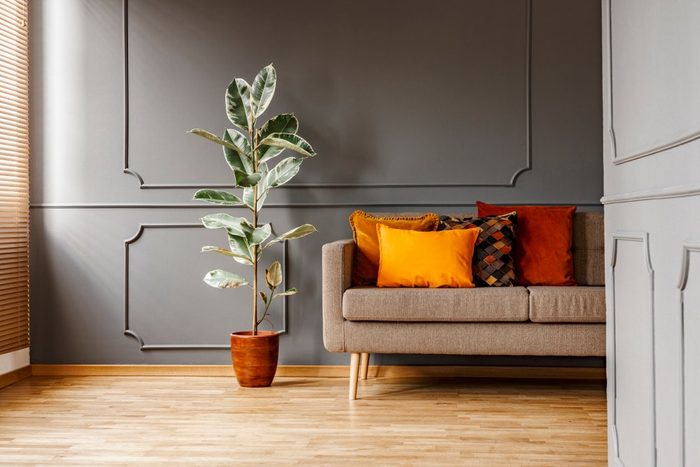
Home is supposed to be a safe space
Sadly, that’s not true for everyone that suffers from anxiety—which is a sizable number of people. According to the Anxiety and Depression Association of America, anxiety disorders affect about 40 million people—that’s almost one in five people. Women suffer more than men, and children aren’t immune either. According to the National Institute of Mental Health, about 25 percent of kids age 13 to 18 suffer from an anxiety disorder. Generalized anxiety disorder is the most common form of anxiety, but there are other types such as panic disorders, social anxiety disorder, and obsessive-compulsive disorder. Treatments vary depending on the disorder and individual but therapy, medication, self-care and avoiding triggers help.
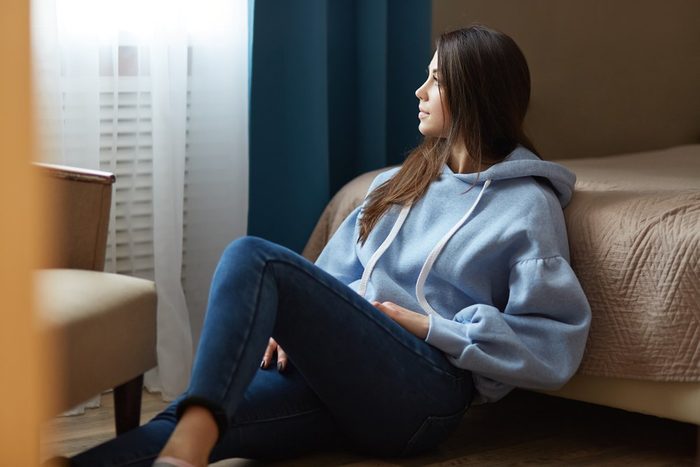
Not everyone recognizes their triggers
“The things that make us anxious are different for each person,” says therapist William Schroeder, LPC, co-director of Just Mind, a counseling service. “Some people may not even notice since these things get woven into day-to-day life.” You might pick up on subtle things like the urge to eat or drink more or zone out. Or the trigger could produce a mild panic attack—a tightening of the stomach or back muscles, say, or your heart rate speeding up. You might also want to investigate if it’s a medical condition that’s triggering your anxiety.
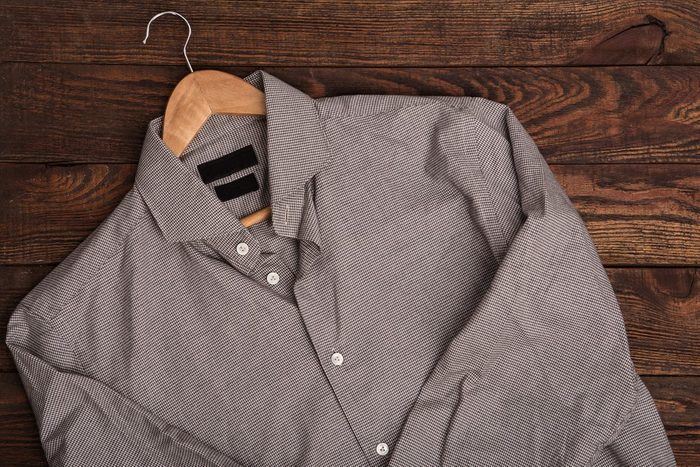
Your ex’s clothing
Your ex’s flannel shirt is still hanging on a hook in your closet, or her coffee mug sits in the cupboard. “It’s not uncommon for a person to come in depressed, stressed, and anxious and they aren’t sure what’s causing it,” says Schroeder. “Often our anxiety runs in the background and we aren’t conscious of it.” Items from past relationships can make you feel sad, depressed, or anxious. “Think about removing those items for a bit if they seem to be causing more negative associations than positive ones,” suggests Schroeder.
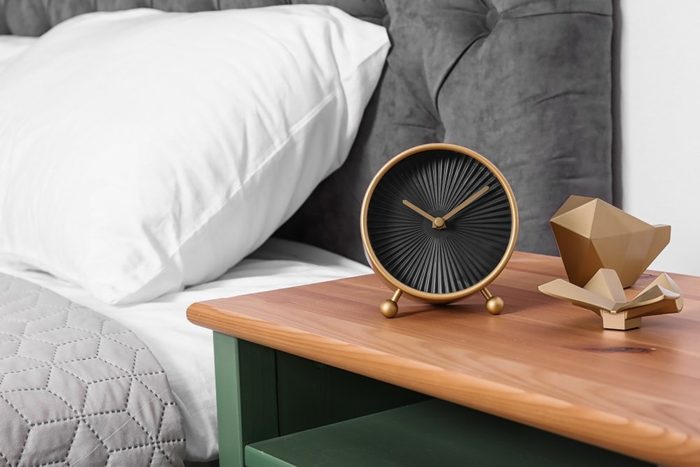
Clocks
A wristwatch or a clock may be a sneaky anxiety trigger because on most occasions we only look at it when we’re preparing to go somewhere or already running late. “I have had some clients who are triggered by the clock; because they often run late the time causes them anxiety and shame. One suggestion I have for them is to use tools like LeaveNow. It’s an app that allows them to see a countdown timer on their phone instead of the clock. It’s more useful as it’s tremendously concrete,” says Schroeder.
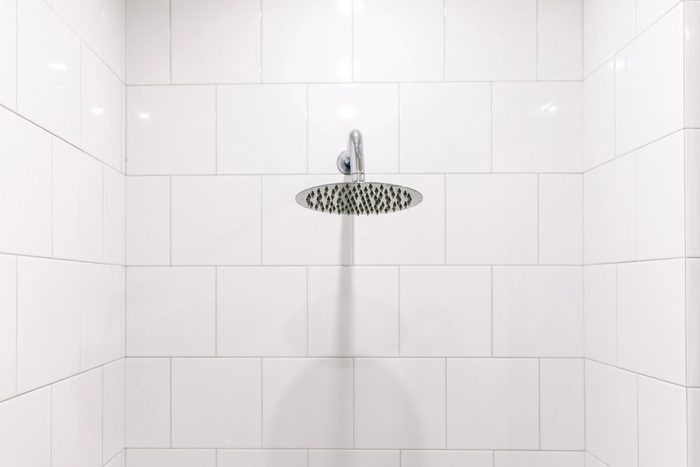
The shower
Showering is often the best part of our morning routine because we can relax and linger under the warm water. “Some clients don’t like showering as it can be associated with the scramble to get ready for work,” says Schroeder. “Anxious thoughts can flood their head as they think about their day instead of enjoying the activity of showering.” Schroeder invites his clients to be more mindful of the physical sensations—warm water, steam, cleansing—to take the stress out of getting ready. Try shampoos or soaps with a new scent or even a new showerhead with different settings to create a new experience. Here are 19 more everyday things that can trigger anxiety.
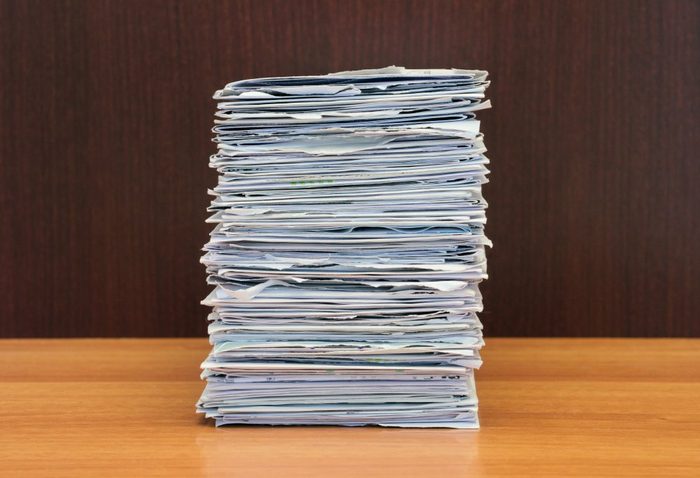
Stacks of bills and forms
“There is nothing worse than a desk that instantly reminds you of how overwhelmed you feel,” says Schroeder. He suggests a reset: “It just means cleaning up and getting things organized in a way that makes you feel clean and prepared for the next day.” Separate your bills and emails by urgency—the ones you have to deal with today, the next few days, and next week. “It helps to think about what your environment is like and the one or two steps you can take to improve it,” adds Schroeder.
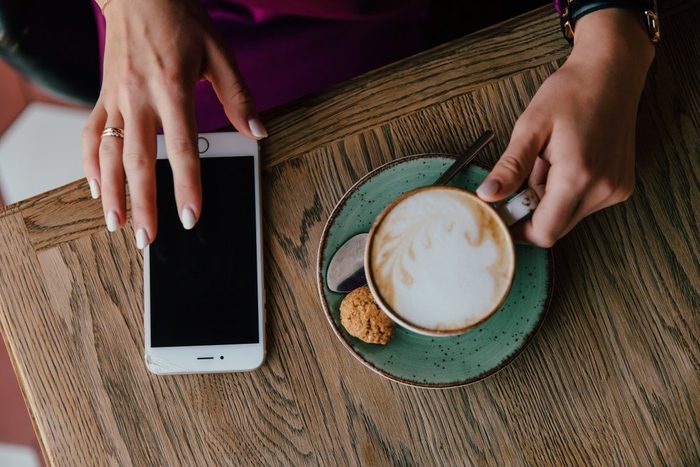
Turn off notifications
Sure there are apps that can help you relax, like the Calm meditation app, or LeaveNow. But there are thousands of apps that come with a constant stream of notifications. All those pings are especially troublesome for people who have a heightened sensitivity to noise—you might not realize the notifications are making your existing symptoms worse. “I suggest people take the Marie Kondo approach to their apps and clean house and cut out those that don’t bring them joy. Then cut out notifications as much as is possible,” advises Schroeder. Try these tips to deal with anxiety so it doesn’t take over your life.
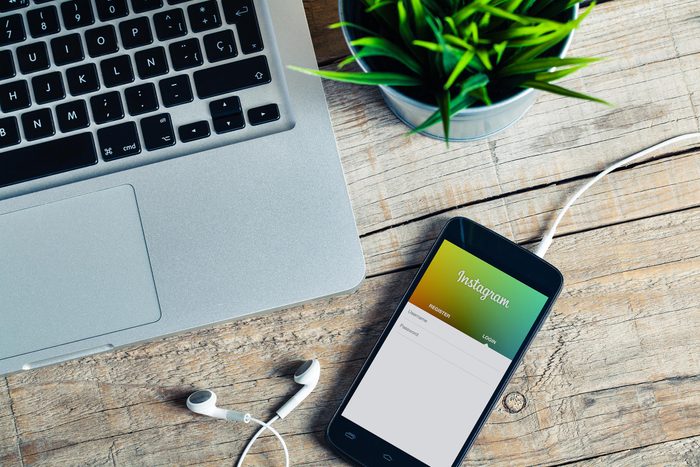
Social media
We spend a lot of time on social media. Roughly a third of the people on social media spend more than 15 hours a week using the various sites, according to the Anxiety and Depression Association of America. Gazing at the highlight reels of other people’s lives is a great way to make yours look miserable by comparison—and that can be a gateway to stress and anxiety. Schroeder advises taking regular breaks from social media (like these celebs) while reminding yourself that people only tend to post their best life.
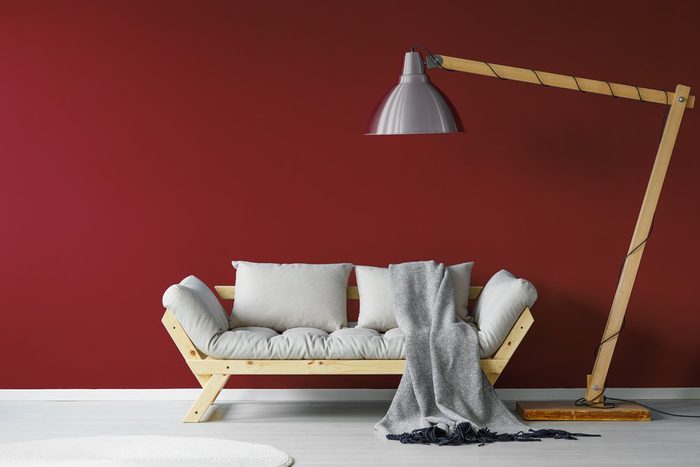
The wrong wall color
“Colors often are activating for people in a variety of ways,” says Scott Allen, PsyD, a psychologist at the Just Mind counseling center. “In our waiting room at Just Mind, we actually removed items that were red because they triggered several clients,” he says. “Pay attention to how different colours make you feel.”
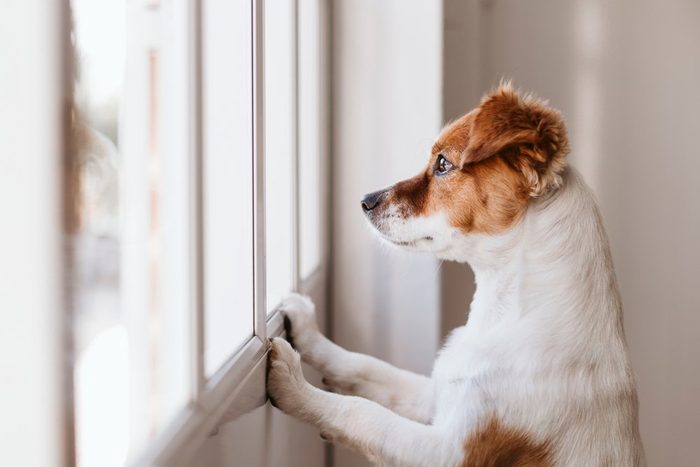
Household noises
The hum of fluorescent lights, a refrigerator motor winding up, a doorbell, or even a dog barking next door can prompt anxiety—though you might not be aware of it. “Notice those things that bother you and work to cut them down or out. Fluorescent lights can be turned off and replaced with softer—or brighter—lights, whichever reduces your anxiety. If the doorbell gives you goosebumps or uneasiness, says Schroeder, he recommends Ring Doorbell (a home security product). “You can use it without a chime—your phone alerts you when someone’s at the door.”
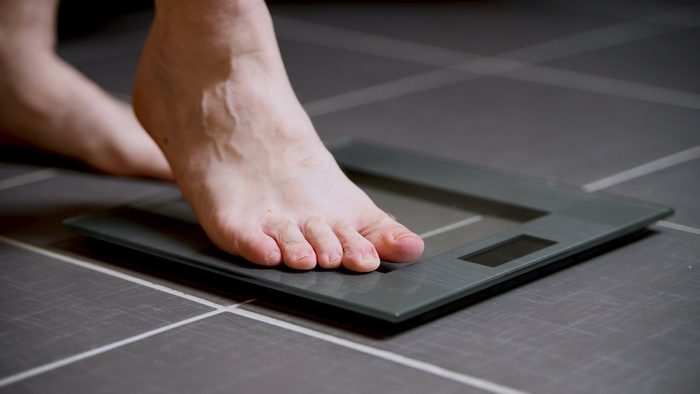
The scale in the bathroom
Few people look forward to getting on the scale but for some, it can be a tremendous source of shame, says Schroeder. The numbers on the scale may dictate your day in a negative way without you being cognizant of it. “I often suggest that clients get rid of their scales; the most important thing is how they feel and how their clothes feel when they wear them.”

Smell
Scent can rouse a strong emotional reaction. Sometimes they are calming or pleasant; other times, they’re jarring. According to a 2018 study, people with anxiety have a better sense of smell when it comes to detecting a hazardous threat. Allen recalls a client who could smell burnt popcorn three days after it was made. That correlates with research findings indicating that, during a state of anxiety, there is a stronger connection between the emotional and sensory parts of the brain in response to negative odors. Try doing a jigsaw puzzle as a way to manage anxiety.
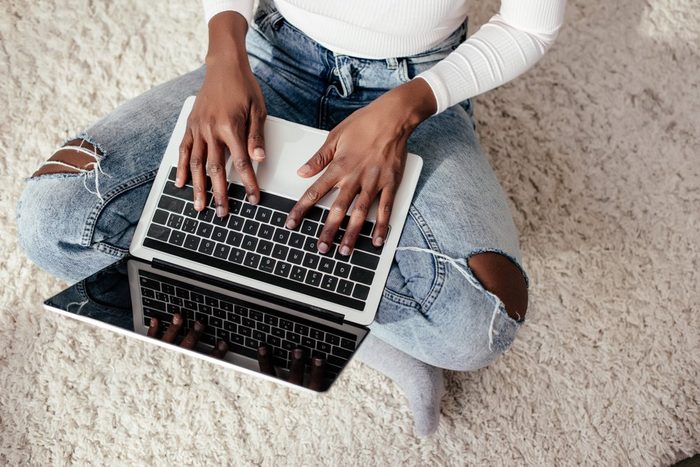
Telecommuting
With everyone working from home these days, separating your home life from work is tremendously important, says Allen. “When we see items that remind of us work, it can be an instant trigger for work thoughts and anxiety,” he says. His solution—find a way to create a meaningful separation of the two. “Simple things like closing the door to your home office when the workday is done or having a different user account on your laptop for personal and work time. Or remove your work email app from your phone. This at least can help to create a boundary in your mind,” says Allen. Consider using ScreenTime and Sleep options on the Apple phone or the Zift app for Android to set scheduled downtimes.
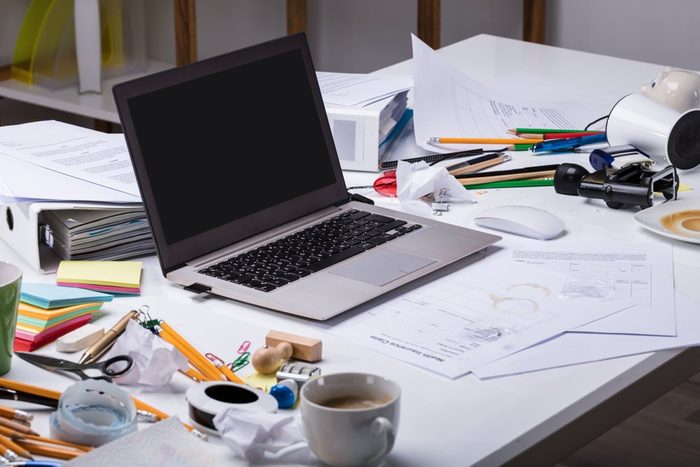
A messy room
“Decluttering can also be beneficial—clutter reminds us of how busy we are,” says Allen. This can be a double whammy because while the clutter makes you anxious, so can the thought of getting rid of things. “To make a room more calming, you might need the help of a friend. Friends can help with something that may be very challenging for you because the objects won’t hold the same sentimental value.” They can bring objectivity to the process, he says. Use these simple tips to stop yourself from overthinking everything.
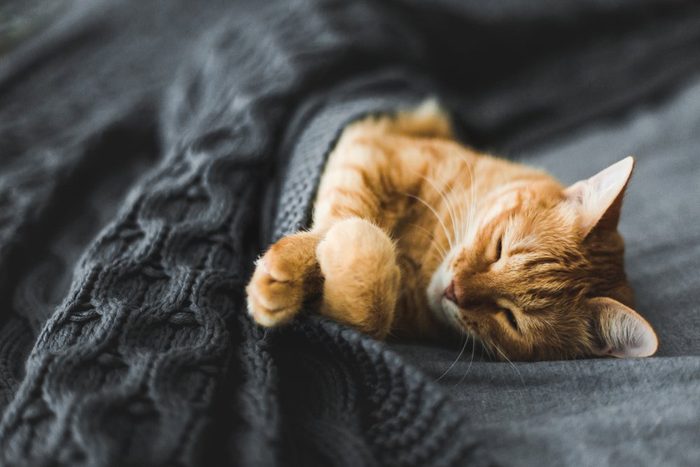
Pets
It’s hard to believe, but pets can be a sneaky trigger for anxiety. “If you have a cat that decides it likes to walk on your face or a dog that snores when he sleeps, you might think about sleeping alone in your bedroom and giving your pet a designated spot to sleep in.” Future pet parents take note—choose an animal that fits your lifestyle. “If walks or runs help regulate anxiety, then consider getting a more active dog. If being introverted is the best way to handle anxiety then a less active dog or cat would be a better fit,” Allen says. Next, find out which nutrients can help ease anxiety symptoms.
